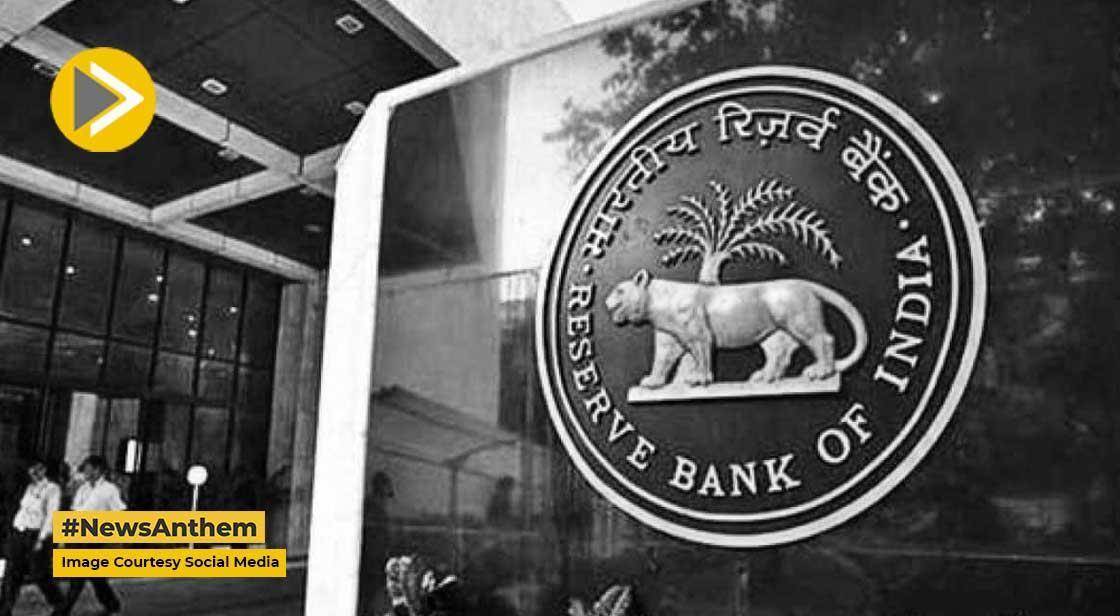RBI Launches Offline Digital Rupee, Now Payments Possible Without Internet

News Synopsis
The Reserve Bank of India (RBI) has launched the Offline Digital Rupee (e₹) at the Global FinTech Fest 2025 in Mumbai, enabling users to make payments even in areas with poor or no internet connectivity. This initiative aims to bring the digital cash experience to rural and remote regions, promoting financial inclusion and convenience.
What is Digital Rupee (e₹)?
The Digital Rupee, or e₹, is India’s Central Bank Digital Currency (CBDC)—a digital form of the Indian rupee issued directly by the RBI. It can be stored in secure digital wallets provided by banks.
Users can send and receive funds instantly using e₹ without the need for a bank account for every transaction. e₹ wallets also support merchant payments via UPI QR codes, making digital transactions seamless.
Banks Offering e₹ Wallets
Currently, 15 banks are part of the retail CBDC pilot, providing digital wallets for public use:
-
SBI: eRupee by SBI
-
ICICI Bank: Digital Rupee by ICICI Bank
-
IDFC First Bank: IDFC First Bank Digital Rupee
-
YES Bank: Yes Bank Digital Rupee
-
HDFC Bank: HDFC Bank Digital Rupee
-
Union Bank of India: Digital Rupee by UBI
-
Bank of Baroda: Bank of Baroda Digital Rupee
-
Kotak Mahindra Bank: Digital Rupee by Kotak Bank
-
Canara Bank: Canara Digital Rupee
-
Axis Bank: Axis Mobile Digital Rupee
-
IndusInd Bank: Digital Rupee by IndusInd Bank
-
PNB: PNB Digital Rupee
-
Federal Bank: Federal Bank Digital Rupee
-
Karnataka Bank: Karnataka Bank Digital Rupee
-
Indian Bank: Indian Bank Digital Rupee
Users can download these apps from Google Play Store or Apple App Store, register, and use them for person-to-person and merchant payments. There are no fees, minimum balance, or interest charges, and wallets can be recovered if the mobile device is lost.
How the Offline Digital Rupee Feature Works
The key feature of e₹ is its offline functionality, designed for rural and remote areas:
-
Telecom-assisted offline payments: Requires minimal network signal.
-
NFC-based tap payments: Works without any internet or mobile network.
This allows instant transactions without accessing a bank account.
Programmable Digital Cash
The e₹ comes with programmable features, allowing funds to be restricted to specific purposes, time periods, locations, or merchant categories.
Some current applications include:
-
G-SAFAL Scheme (Gujarat): Limited to agricultural inputs.
-
DEEPAM 2.0 Scheme (Andhra Pradesh): LPG subsidy distribution.
The programmable feature also has potential uses in corporate payments, targeted loans, and subsidy disbursement programs.
Promoting Financial Inclusion and Growth
RBI Governor Sanjay Malhotra stated that India’s Digital Public Infrastructure (DPI), such as Aadhaar, UPI, and DigiLocker, has increased financial inclusion and provided a strong foundation for fintech innovation.
The Digital Rupee complements this framework, offering secure, fast, and effective financial services within the fintech ecosystem. The RBI believes that e₹ will strengthen India’s digital economy, especially in areas with limited internet access.
With offline and programmable features, India has become one of the first countries in the world to enable CBDC usage anywhere, ensuring that digital currency adoption reaches every corner of the country.
You May Like









